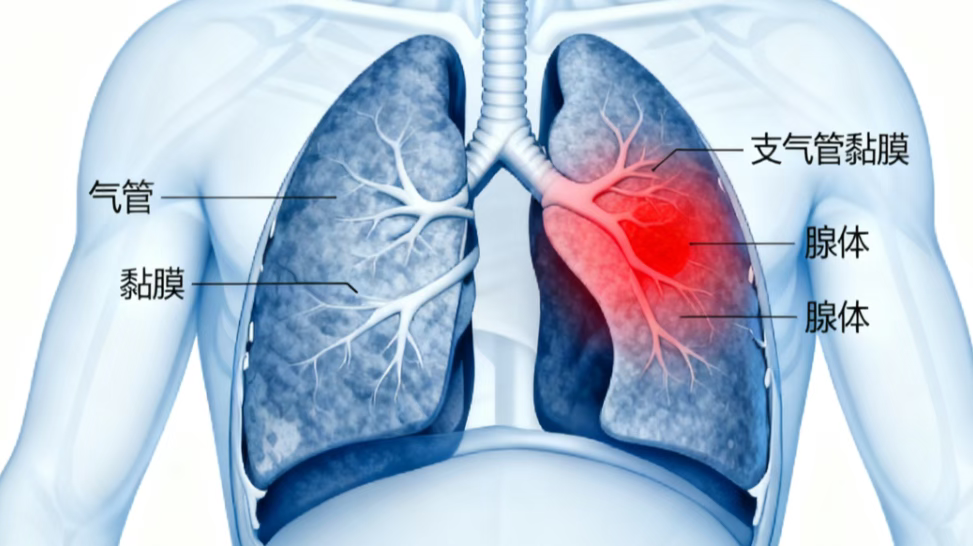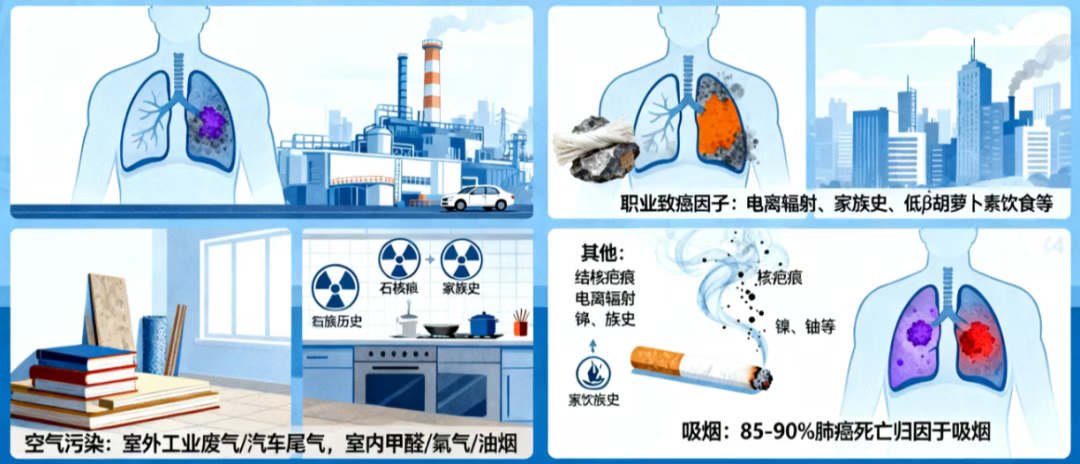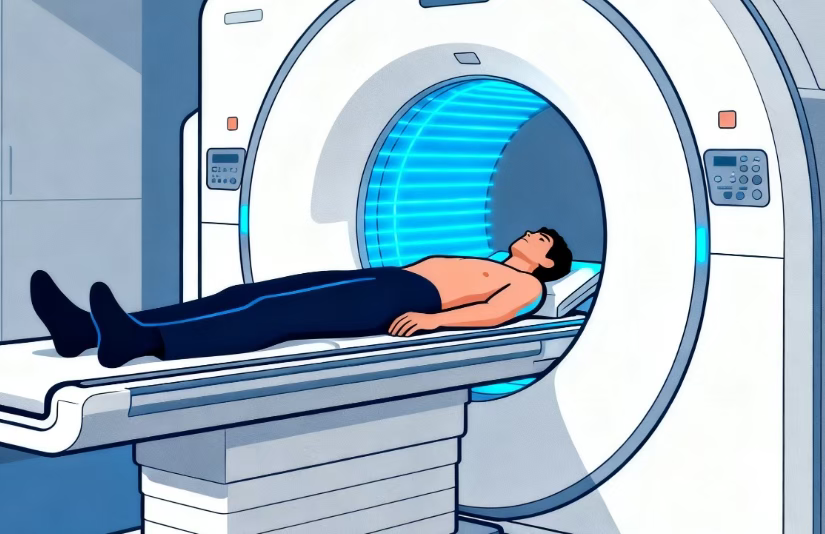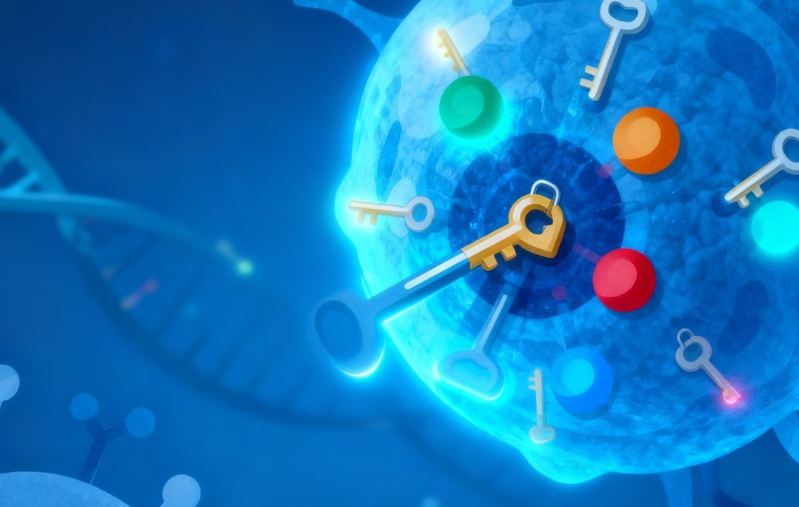A Guide to Lung Cancer Prevention and Treatment: From Risk Factors to Precision Therapy
A Guide to Lung Cancer Prevention and Treatment: From Risk Factors to Precision Therapy
—Save This One and You're Set
The commonly referred to lung cancer, with its standard medical name being primary bronchogenic carcinoma, originates from malignant tumors arising from the mucosa or glands of the bronchi or trachea. Among various solid tumors, lung cancer is a highly prevalent type and is also the leading cause of death among cancer patients.

Risk Factors for Lung Cancer
1.Among the many causes of lung cancer, smoking plays the most prominent role and is recognized as the most important causative factor. In terms of mortality data, smoking can be attributed to 85% to 90% of all lung cancer deaths511. Tobacco smoke contains numerous chemicals that can cause cancer, which have carcinogenic effects on lung cells. The types of lung cancer most easily induced by smoking are squamous cell carcinoma and small cell lung cancer (SCLC).
2.Exposure to certain substances in specific occupations constitutes clear occupational carcinogens. Long-term occupational exposure to these substances increases the risk of lung cancer. Common examples include the fibrous mineral asbestos, arsenic and its compounds, the metallic elements chromium and nickel, and radioactive elements like uranium.
3.The impact of air pollution on lung cancer incidence manifests in both indoor and outdoor settings: outdoors, industrial emissions, vehicle exhaust, etc., pollute the air and threaten lung health5. Indoors, materials used in decoration may release harmful gases like formaldehyde and radon, and cooking can produce oil fumes that irritate the lungs, all falling within the scope of indoor air pollution.
4.Beyond the factors above, other conditions may increase the probability of developing lung cancer. These include past history of tuberculosis, leaving scar tissue in the lungs after healing; long-term exposure to ionizing radiation; a family history of lung cancer, indicating a potential hereditary predisposition; low dietary intake of beta-carotene; and individual factors such as endocrine regulation, immune system function, and psychological state formed in social life, which may also indirectly influence the occurrence of lung cancer.

Examination and Diagnosis of Lung Cancer
1.Examinations for Disease Assessment and Staging:
• Tumor Marker Tests: Assist in suggesting the presence and activity of tumors12.
• CT Scan: Clearly reveals lung lesions and involvement of surrounding tissues and organs11112.
• MRI Scan: Provides further clarification of lesion details and relationships with surrounding structures.
• Bone Scan: Specifically checks for bone metastases5.•PET-CT Scan: Accurately identifies the distribution range and extent of tumor invasion; key for determining lung cancer stage.
2.Examinations for Determining Pathological Type:
• Lung Needle Biopsy: Obtains tissue samples from lung lesions via needle puncture, with pathological analysis determining the specific pathological type of lung cancer.
• Bronchoscopic Biopsy: Uses a fiberoptic bronchoscope to access the trachea and bronchi, obtain lesion tissue samples, and subsequently clarify the pathological subtype.
3.Examinations for Guiding Treatment Planning:•Genetic Testing: Analyzes mutations, fusions, etc., in tumor-related genes to provide a basis for selecting targeted therapy drugs, determining immunotherapy regimens, and optimizing chemotherapy plans, thereby facilitating personalized treatment.

Classification of Lung Cancer Treatment Modalities and Applicable Choices in Different Situations
1.Surgery: The preferred choice for early-stage lung cancer patients; some mid-stage patients may also be candidates for surgery.
2.Radiotherapy: Suitable for mid-stage patients who cannot undergo surgery, for radical treatment in locally advanced stages, and for palliative symptom control in advanced stages.
3.Chemotherapy: Used for consolidation after surgery in early and mid-stage patients, to shrink tumors before surgery, or to control the disease in advanced-stage patients.
4.Targeted Therapy: An appropriate treatment choice for advanced lung cancer patients with driver gene mutations.
5.Anti-angiogenic Therapy: Can be combined with chemotherapy in advanced stages or used alone as a third-line treatment.
6.Immunotherapy: Can be used alone or in combination for advanced lung cancer patients without driver gene mutations.

Understanding lung cancer is crucial for better prevention and management. Valuing body signals, avoiding tobacco and high-risk environments, and undergoing regular low-dose spiral CT screenings are key to safeguarding lung health. Scientific prevention and treatment allow us to take charge of our health earlier.
Preliminary Review: Zhang Lihong
Final Review: Zhang Jie
